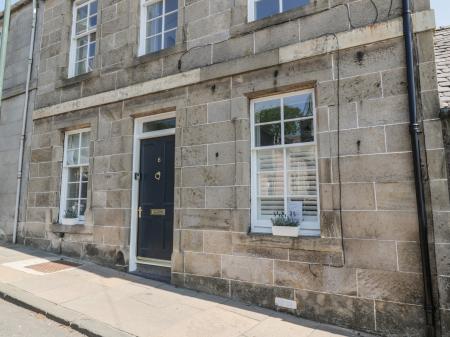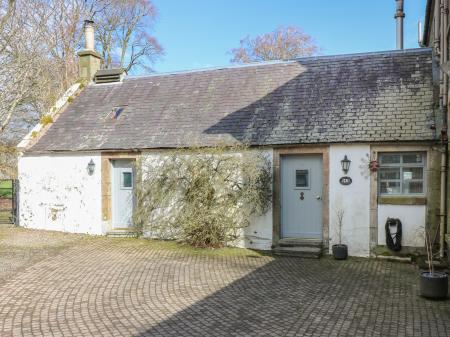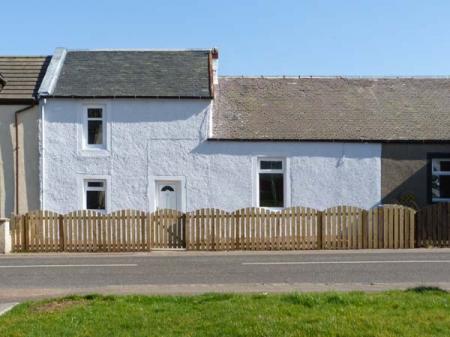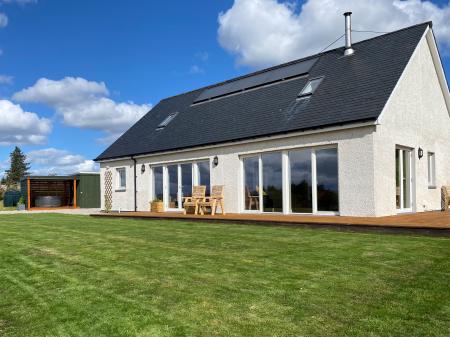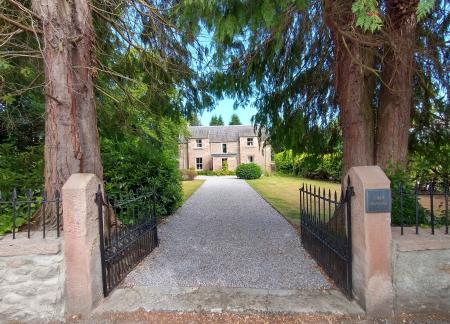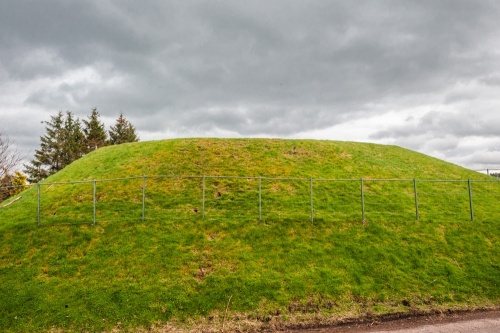
Coulter is a good example of the type of Norman motte that would have been common in this area during the mid-12th century after Malcolm IV granted land in Clydesdale to Flemish newcomers. The most likely date of construction is sometime shortly after 1155.
We can assume from a study of other sites that the mound was surmounted by a wooden palisade, and there would have been subsidiary buildings like a brewhouse, stables, and bakery nearby, but of these nothing now remains, and only the motte itself can give us an idea of how the site would have looked.
Coulter Motte may have been the inspiration for Midculter Castle, home of Francis Crawford of Lymond in the Lymond series of historical novels by Dorothy Dunnett.
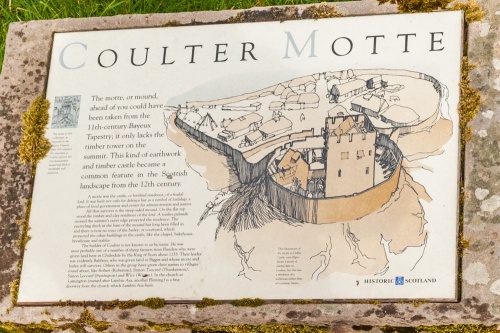
Visiting
Despite what the Historic Scotland website says, Coulter Motte is just off the A72, not the A73. It is well signposted, and visible from the turn onto Cornhill Road. directly beside the River Clyde. Parking is very limited; there is a small layby on the east side of the road (heading north) and nothing on the other side.
There is a small information panel, but no other facility of any sort. I wouldn't call Coulter Motte an impressive site; you would be hard-pressed to spend more than 5 minutes visiting, even if you are as fanatical about historic places as I am!
Coulter is worthwhile, though, because it is so typical of the sort of Norman castle mound that began springing up all across Lowland Scotland in the 12th century. And you can see why the Normans chose this spot, for the top of the mound looks almost directly down on a loop of the River Clyde.
This must have been an important place to establish a military presence in the 12th century, even if the remains that exist today are not so impressive.
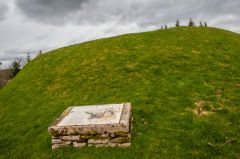
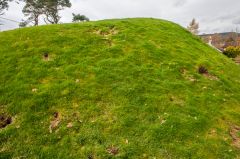
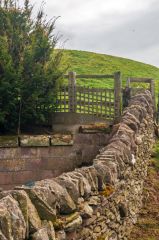
 We've 'tagged' this attraction information to help you find related historic attractions and learn more about major time periods mentioned.
We've 'tagged' this attraction information to help you find related historic attractions and learn more about major time periods mentioned.